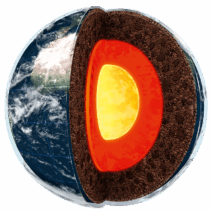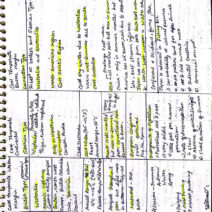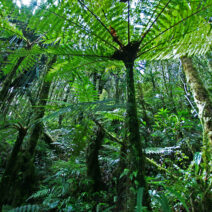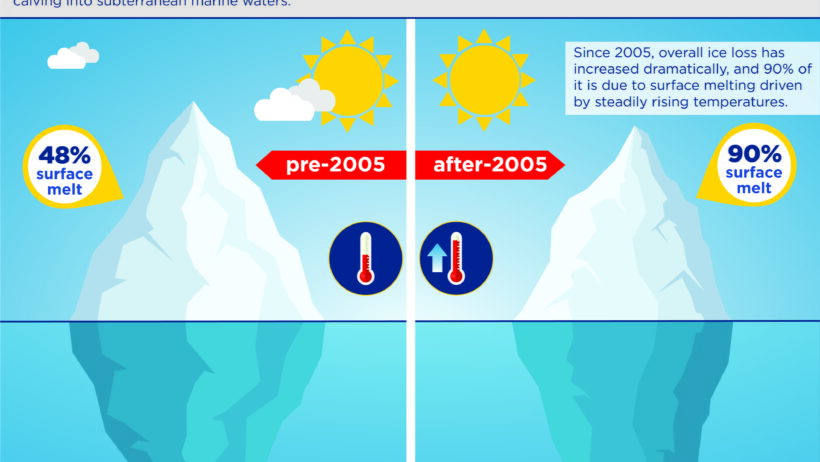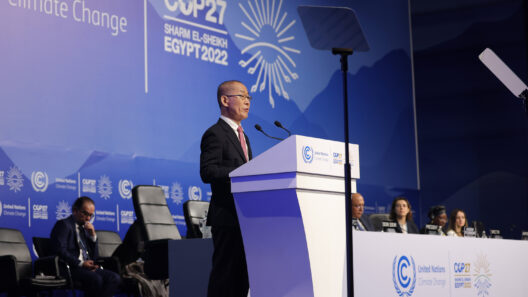Global warming is an ever-pressing issue that has captured the attention of scientists, policymakers, and the general public alike. One of the most visible and alarming consequences of climate change is the melting of glaciers, which holds profound implications for rising sea levels. This phenomenon may seem distant or abstract to some, yet its ramifications are undeniably local and immediate. As glaciers recede, the subsequent rise in sea levels poses threats to coastal ecosystems, human populations, and infrastructure. Understanding this relationship is crucial in grappling with future climate challenges.
The Earth’s glaciers are vast reserves of freshwater, holding approximately 69% of the planet’s available freshwater. They are magnificent natural wonders, but they are also sensitive indicators of climatic shifts. Glaciers accumulate snow over time, which compresses into ice. They ebb and flow, expanding and contracting with seasonal changes. However, anthropogenic-driven global warming has disrupted this equilibrium, leading to unprecedented glacial melt.
One must delve deeper into how global warming catalyzes glacial melt. The primary culprit behind this phenomenon is the increase in greenhouse gases in the atmosphere, predominantly carbon dioxide and methane. These gases trap heat from the sun, leading to a warming planet. A mere increase of 1-2 degrees Celsius in global temperatures can have a disproportionately significant effect on polar and glacial regions. Notably, the Arctic and Antarctic, which are some of the most temperature-sensitive areas on Earth, have witnessed alarming temperature anomalies.
Research shows that as global temperatures rise, glaciers begin to melt at an accelerated rate. In the Rockies, the Pyrenees, and the Andes, scientists have observed significant deglaciation over the last century. In some regions, glaciers are retreating at rates exceeding 10 meters per year. This rapid loss not only underscores the urgency of climate change but also acts as a precursor for rising sea levels.
As glaciers melt, two major processes contribute to sea level rise: the increase in water volume and the thermal expansion of seawater. The direct addition of freshwater from melting glaciers into oceans leads to an elevation in sea levels. Furthermore, as temperatures soar, seawater expands—a phenomenon that exacerbates rising sea levels. The Intergovernmental Panel on Climate Change (IPCC) has warned that, by 2100, global sea levels could rise by as much as 1 meter, if present trends continue.
This might lead one to ponder the geographic implications of such changes. Coastal cities like Miami, New Orleans, and Jakarta are already encountering the implications of rising sea levels. More than 600 million people live in low-lying coastal areas, and these populations face existential threats. Saltwater intrusion, which can compromise freshwater supplies, will further exacerbate food and water security issues in many regions, leading to potential humanitarian crises.
Moreover, rising sea levels can lead to more frequent and severe flooding. As storms intensify—thanks in part to warmer waters—the consequences are dire. Storm surges, combined with higher baseline sea levels, result in inundation that can devastate communities. The vibrancy of coastal ecosystems, such as mangroves and coral reefs, that provide critical services, including habitat for marine life and natural barriers against coastal erosion, also faces declining resilience under these changed conditions.
But what does this all mean for the broader context of climate change? The melting glaciers and rising seas symbolize more than environmental degradation; they reveal the interconnectedness of our world. Climate change is a complex issue, intertwining ecological, socioeconomic, and political dimensions. It is not merely an environmental dilemma but a multidimensional challenge—one that warrants our immediate attention and strategic intervention.
Given the stark realities of melting glaciers and rising sea levels, the call for action becomes evident. Transitioning to renewable energy sources, implementing sustainable land management practices, and advancing conservation efforts are vital steps in mitigating the effects of climate change. Enhanced global cooperation and advocacy for transformative policies can cultivate resilience in vulnerable regions. Educating communities about the importance of conservation and sustainable practices can empower individuals to contribute to the solution.
Furthermore, fostering innovation and supporting research into climate-resilient infrastructure will equip us to withstand future challenges. A paradigm shift in our collective consciousness regarding climate change is paramount. Rather than viewing ourselves as mere spectators to environmental shifts, we must recognize our role as stewards of the planet—a shift that allows for resilience and adaptation amid uncertainties.
Ultimately, the relationship between global warming, melting glaciers, and rising seas is inextricably linked. Each represents a facet of a larger environmental puzzle, compelling us to confront our behaviors and their repercussions on the planet. As we stand at this crossroads, the choices we make today will dictate the legacy we leave for future generations. Indeed, understanding and addressing the implications of climate change are not merely obligations but are essential for the survival and flourishing of life on Earth.
